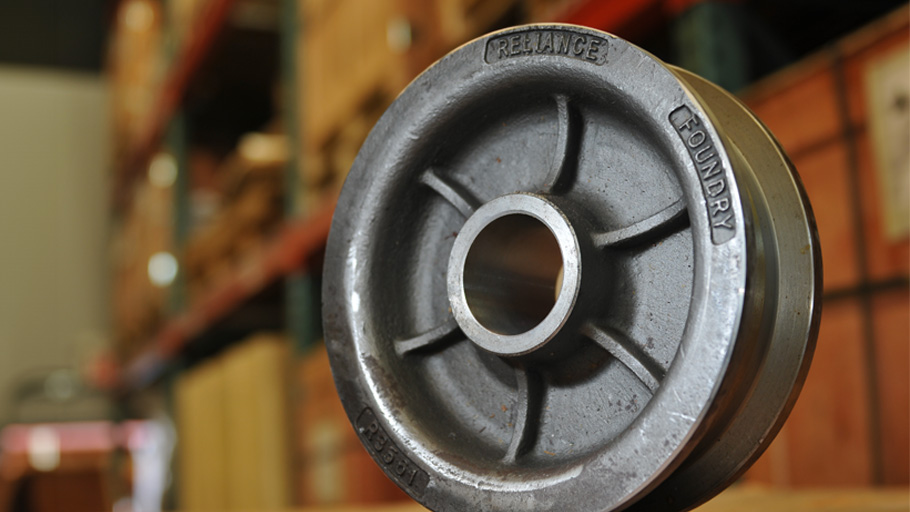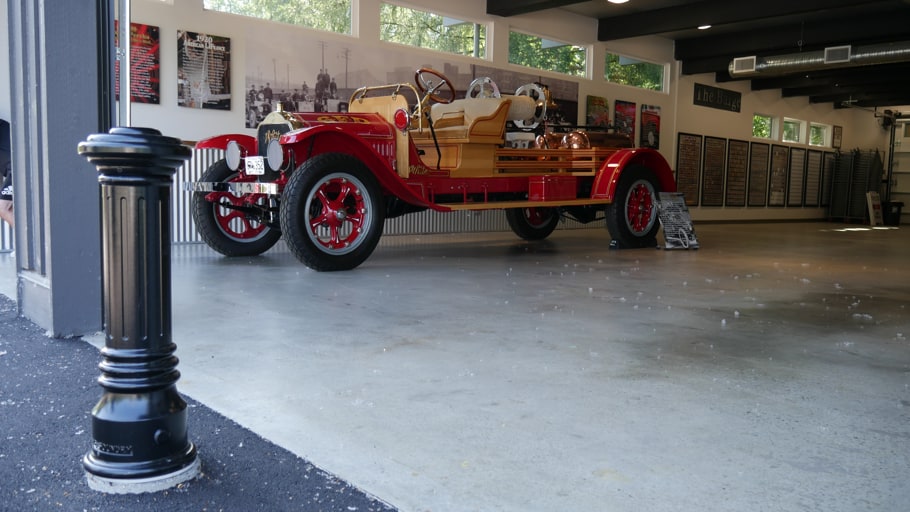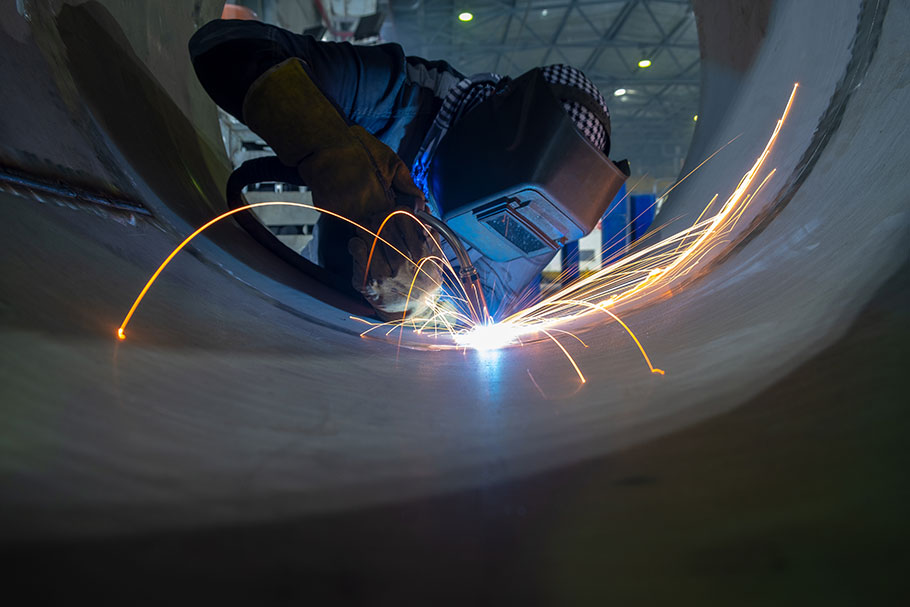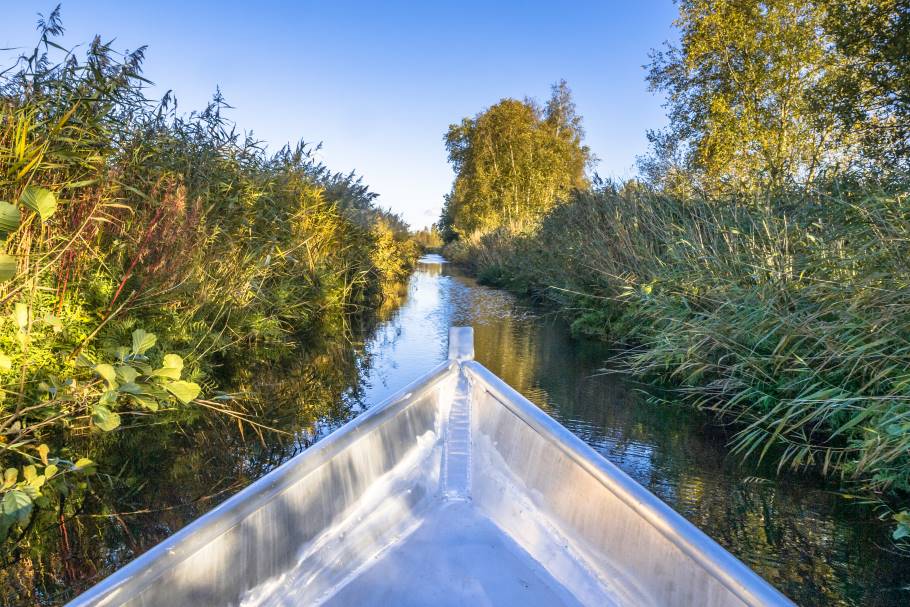Metal characteristics and composition for casting design
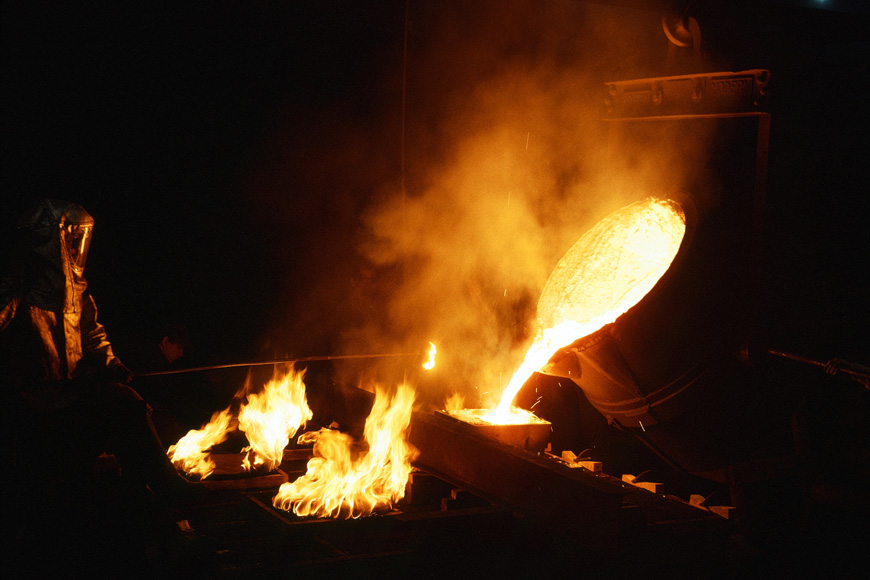
Any solid metal that can be melted can be cast. Foundries are the factories that do this casting work, developing expertise with a handful of metals and methods, and designing standard products to maximize value and efficiency in production.
Metals and casting methods influence each other: the best casting choice for a product is influenced by how its metal will behave in molten, cooling, and solid states. For these dependencies, a foundry’s specialties are part of the determination of what sort of products they make. The foundry doing diecast children’s toys is not generally the same foundry that produces high quality engine parts.
Ferrous metals are defined as those metals that contain iron. Non-ferrous metals do not.
One of the major distinctions in specialization is whether foundries work with ferrous metals, non-ferrous metals, or both. The definition of a ferrous metal is any metal that contains iron; non-ferrous metals do not. Ferrous metallurgy represents roughly 90% of worldwide production of metal. Gray iron is the most common metal cast in foundries. Outside of the foundry, steel is the ferrous alloy most used in industry, construction, and transportation.
Foundries that specialize in common casting methods like sand casting usually work in metals chosen for specific qualities such as ease of melting and pouring, detail capture within the mold, predictable behavior while cooling, and readiness for machining or finishing.
Ferrous metals and their properties
Iron’s signature attributes are that it’s dense, strong when mixed with carbon, plentiful and easy to refine, highly prone to corrosion, and magnetic. Alloying iron with other elements in different ratios can mitigate or eliminate one or more of these factors.
Hundreds of ferrous alloys are well-known. They are specified by the proportions of each element in their makeup, as well as directions on their melting and finishing. Ferrous alloys with carbon are usually named iron or steel, and can contain any number of other elements, from aluminum to vanadium, based on their specification. These metals are usually chosen for their mechanical properties. Engineers and designers might be interested in their yield strength, toughness, ductility, weldability, elasticity, shear, and thermal expansion, all of which describe how a material will behave under specific stressors.
These distinctives aspects of iron can be changed in alloys, which mix iron with other elements. Stainless steel is a good example, with some alloys of stainless being both non-magnetic and non-corrosive. A common way of telling if a metal is steel is to put a magnet against it, since the iron in the alloy will cause the magnet to stick; however, people who have tried to stick magnets to their stainless steel fridge know this is not a foolproof test. Though the iron is still present in this ferrous alloy, a high percentage of nickel changes the microstructure of the steel enough to prevent a magnetic reaction. Stainless steel can rust, though it is much more corrosion resistant than other types of iron alloys. This is due to the addition of chromium. Chromium protects against rust through a process called passivation, in which the top molecules of the metal oxidize but stay strongly bonded to the metal below, forming an impenetrable shell.
In ferrous metals, iron and steel are the most common casting materials.
Iron
Cast irons are a category of iron alloys with carbon content greater than 2%. They are relatively inexpensive, dense irons. When they are heated and cast, they have a much higher flowability at lower temperatures than steel, meaning that they can flow into and fill parts of a complex mold with greater efficiency. Cast irons also shrink at half the rate of steel while cooling.
Basic cast irons have good compression properties, but they are brittle: they will fracture before they bend or distort. This vulnerability can mean that brittle grades of cast iron are not used for designs with extruding or elaborate details, or with very sharp edges, as these features may chip.
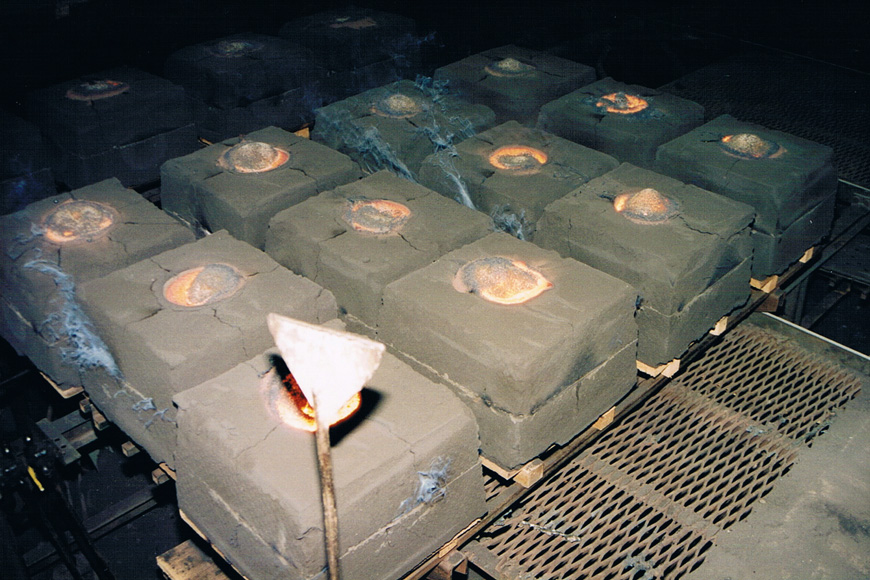
Gray Iron is the most common type of cast iron currently produced, featured in everything from manhole covers to disc brakes on cars. It gets its name from the color it takes upon fracture, which is gray due to the presence of graphite as the carbon additive. Gray iron is 2.5–4% carbon by weight, and additionally contains 1–3% silicon, which stabilizes the graphite. It has many of the attributes of basic cast iron, in that it is inexpensive and has a high flowability compared to steel when molten, but the graphite’s presence allows the iron to be somewhat less brittle, allowing easier machining. Gray iron is still inflexible: it bends very little before breaking.
Ductile Iron is a form of cast iron in which the carbon added is a spherical (nodular) graphite. Ductile iron is usually 3.2–3.6% carbon by weight, and has silicon and other elements. Higher ferrite levels mean it builds up on cutting tools during machining, so it is often used in primarily cast manufacture, where very high flowability makes it a great choice for finely detailed work. The spheroid shape of the graphite that gives ductile iron higher impact resistance and tensile strength than either cast or gray iron, making detailed or edged designs feasible. Ductile iron is a relative newcomer in the specification of irons, as it was first discovered in 1943.
Steel
Steels of all sorts are also sometimes cast. In general, steel has a carbon content of less than 2.14% by weight, and is often alloyed with other elements. Steel has stronger mechanical properties than cast irons, but what is gained in toughness is lost in flowability. Molten steel needs to be much hotter than molten iron to flow into detailed molds, and the high temperatures required to work with steel are challenging to manage and can handicap the design and finish of the object that comes out of the mold. As with all castings, different parts of a piece can cool at different rates, and this differential causes stress within the product: because steel shrinks more extensively and rapidly than cast irons, these stresses need greater management in cast steel.
These challenges mean that steel can be much more labor-intensive to cast well. It requires expert attention during all stages of its production. Still, the high mechanical strength of the final product can make a steel alloy the clear choice for some applications, with machining providing end stage finishes.
Other iron alloys
Other alloys of iron exist outside these common types, and are used in specific applications where their mechanical behaviors are useful. For example, elinvar is a nickel-iron alloy that does not expand and contract in heat, and is used in very small parts in clocks and other precision devices.
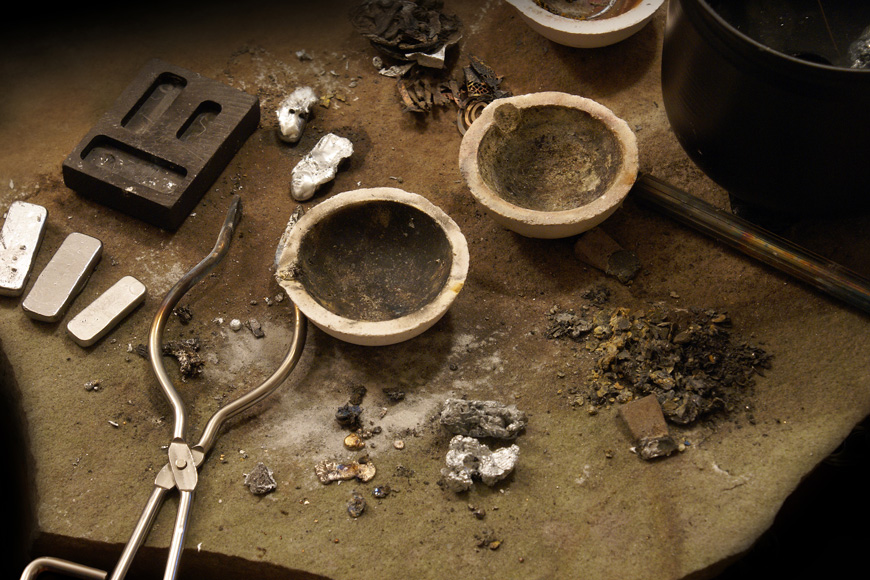
Non-ferrous metals and their uses
These metals include every metal and alloy that does not contain iron. A short list of common non-ferrous metals will include:
- Precious metals like silver, platinum, and gold
- Copper and its alloys like bronze and brass
- Nickle, Palladium, Platinum
- Titanium
- Aluminum
- Tin, Lead
- Zinc
With such a wide range of materials in this grouping, many of the mechanical properties that recommend iron can be discovered in non-ferrous metals. For example, alloys of aluminum or titanium could be substituted for steel in many cases, if it were not cost-prohibitive to do so. Iron’s magnetic abilities could be emulated with nickel, cobalt, or rare earth elements alloyed with other metals.
However, because non-ferrous metals often cost more, they tend to be chosen for their unique attributes, rather than for the ways they can behave like steel. Lighter weights, conductivity, corrosion resistance, non-magnetic properties, tradition, or decorative value are some of the reasons to choose a non-ferrous metal. Some metals are prized exactly because they are rare: before widespread aluminum manufacturing was possible, aluminum was a luxury metal used in high-end tableware.
All sorts of specialized materials are cast. However, in traditional sand casting foundries, there are three noteworthy non-ferrous casting metals.
Bronze and brass
Bronze and brass were the first metals cast by humanity in the Bronze Age, and these copper alloys are still sand casted today. They’re melted at much lower temperatures than ferrous materials, and they cast detail well, so they are often used in decorative applications like statuary. Bronze and brass are softer than steel, but they are corrosion resistant even in the presence of salt, so these metals are used in standard marine applications like fittings on boats. Brass is also resistant to “galling,” which is the wear of metal against itself, and so brass is sometimes cast for mechanical parts, like marine propellers—or machined for bearings and zippers. Both alloys are quite expensive as they rely on copper, a metal also in demand for its electrical properties.
Aluminum
Aluminum is a metal with a much lower density than iron, making it a vital material in applications that need strength without weight, such as the aerospace industry. It is corrosion resistant because aluminum, like stainless steel, reacts to oxidization by creating a metal oxide shell that protects it.
Aluminum also has a lower melting point than many of the steels or irons it might replace, which makes it easier to cast than steel, needing less oversight for complex forms. The biggest disadvantage of aluminum is expense.
Considering casting materials
When designing a casting, finding the perfect metal to balance value and form is an art and science. The right metal for a job will satisfy both the aesthetics and mechanical requirements of the application, and this will influence the production methods required to take a prototype to final product.
Ferrous metals are the most common choice for castings, often picked for their cost-efficiency and their mechanical properties. Sometimes it’s not the strength of a metal that dictates the choice, but properties such as weight, corrosion resistance, or non-magnetism. Non-ferrous alloys like bronze and brass can also be chosen for tradition or for their beauty.
Consultation with an engineer can help a designer find harmony between the different aspects of their project, choosing the perfect metal to honor both application and budget.
For more information on metals, or to request a quote for a custom project, please contact us.


